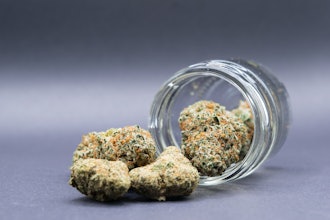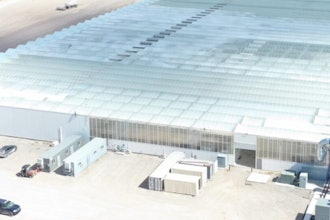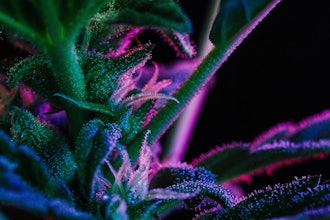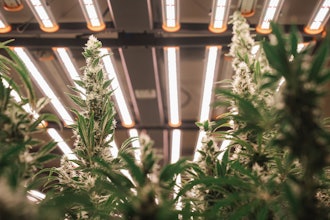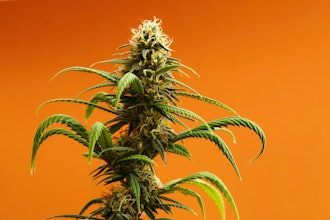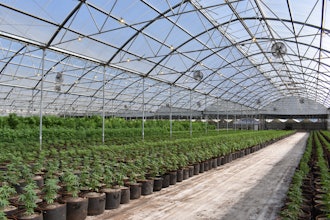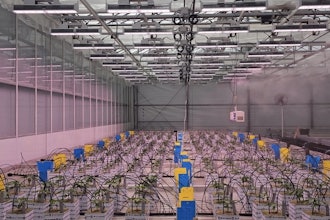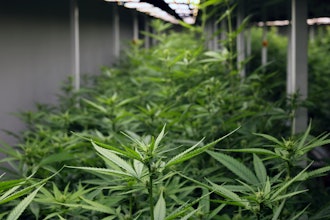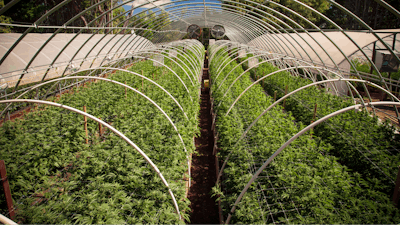
The cannabis industry is booming as more states begin to legalize it for both recreational and medical use.
With this growth comes the need for improved quality control — something that is already present in food and pharmaceutical production. How can cannabis companies improve their quality control, and why will this become more important as the drug is legalized on state and federal levels.
Pharmaceutical Parallels
While ten states have legalized cannabis for recreational use, the majority of the states where it is legal limit the use to medical applications. It's illegal for doctors to prescribe medical cannabis, but physicians can recommend it for their patients to treat a variety of medical conditions.
This trend of treating cannabis like a prescription drug — even without the prescription — draws parallels with the current pharmaceutical industry. Every drug that makes it to the market has to undergo up to 10 years of trials and testing to ensure that it is both safe and effective. So why isn't medical cannabis subjected to the same scrutiny?
The FDA actually hasn't approved cannabis as a treatment for any condition, with a couple of exceptions, including cannabidiol for seizures and two synthetic versions of the substance. This doesn't make cannabis any less effective, it just means that cannabis growers aren't subjected to the same sort of oversight that pharmaceutical companies are.
A Problem with Poor Quality
That lack of oversight isn't necessarily a bad thing — it means that patients and recreational users can access cannabis without waiting for months (or years) for FDA approval, but it isn't all positive.
In 2016, a study found that 90% of the cannabis sold in the Netherlands had pesticides on it. These harsh chemicals can help ensure a bountiful crop, but ingesting or inhaling them can create dangerous health threats.
Poor quality doesn't just mean that you won't get the high you're looking for, or the medical benefits. In cases like the one in the Netherlands, poor quality could jeopardize your health.
Even if cannabis is never recognized or classified as a pharmaceutical drug, the need for some sort of quality control or oversight is apparent.
GMP and CAPA
Nearly every production-based industry has its own good manufacturing practices, or GMP. These practices ensure that the product — in this case, cannabis — is always the same quality, within an acceptable margin of error. As of right now, there is no industry standard for growing cannabis or processing it into various products for the average consumer.
One way to apply these standards and ensure that they're being followed is with CAPA — Corrective and Preventive Action. The point of CAPA is to identify and prevent recurring quality issues, creating a proactive quality control environment instead of a reactive one. By preventing these problems before they become widespread, growers and sellers can be sure that they're only providing the highest quality cannabis to their clients.
Preparation Prevents Poor Performance
As the saying goes, preparation prevents poor performance, and that goes double for any companies that are providing food or medicine.
The climate is changing, creating more intense weather systems that devastate anything in their path — including cannabis farms.
Between 1970 and 2015, the number of natural disasters — events that kill 10 or more people, or affect more than 100 — have increased nearly 400%. In 2018, the United States weathered 14 severe storms, each causing more than $1 billion in damage.
Quality control is negatively impacted during these events, making it harder for growers and sellers to provide cannabis to their distributors. Preparing for severe natural disasters which will only get more intense in the coming years can help prevent a fall-off in product quality.
Comprehensive testing and quality control can prevent poor quality or dangerous cannabis from entering the market after a growing region is rocked by a disaster.
Improving Global Cannabis Quality Control
The U.S. isn't the only country that is working toward cannabis legalization.
Canada legalized cannabis for medicinal use in the 1990s, and then for recreational use in 2018, and many countries in the EU are rethinking their stance on this drug.
We need to collectively improve quality control for cannabis before it becomes legal across the globe.
The benefits of this natural substance are nearly incalculable — as long as it isn't laced with pesticides or otherwise dangerous to your health.












